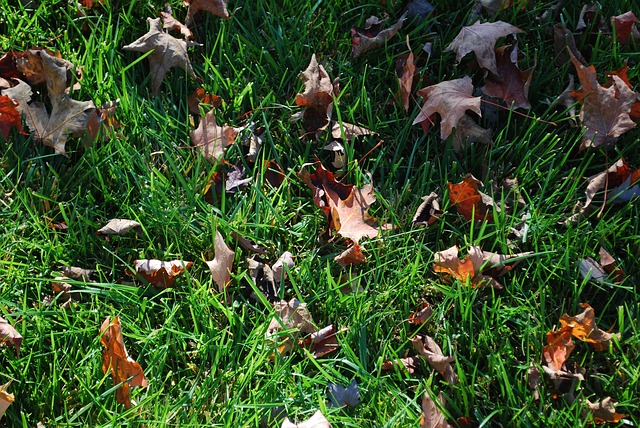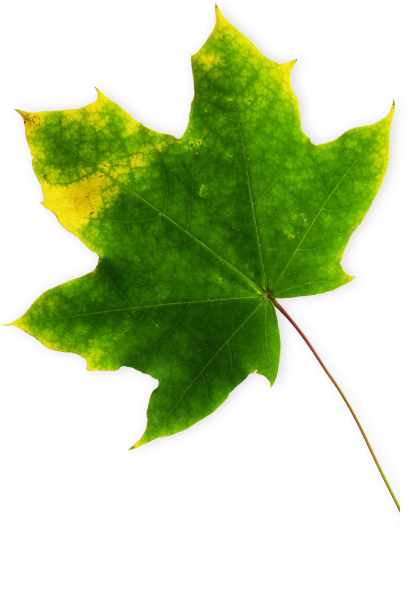Fall is the best growing time of the year for cool-season grass types like those found here in Massachusetts. Below, we’ve put together a list of fall lawn care best practices to help your lawn thrive before winter:
 Continue best watering practices
Continue best watering practices
We encourage you to continue following our recommended watering practices. Water your lawn infrequently, for long periods of time to allow grass roots to obtain approximately 1.5 – 2 inches of water per week. Heavy watering is more beneficial than daily light watering. If you have an irrigation system, it’s a great time to plan ahead for winterizing.
Resist the temptation to lower your mowing height
Leave it right where it should be during the remainder of the year – 2 ½ to 3 inches. Why? While the roots are continuing to grow and toughen below ground, the grass blade growth is beginning to slow. Any leaf tissue that you mow off will not be replaced this season.
Mulch your clippings
We encourage you to mulch the clippings as often as you can. The blade of the grass has significant nutrients and will be valuable to the soil as they break down over time. To read more about this check out our blog: Mulching leaves back into the lawn.
Keep your lawn clear of leaves
This can be a challenge! You need not clear the lawn daily, but be sure that the leaves are not allowed to mass to the point where they block sunlight reaching the lawn surface or become matted. Both circumstances will kill the underlying turfgrass, and you’ll be wondering why you have this area of crabgrass and spotted spurge in your lawn next summer.
Keep an eye out for insects and disease
It’s always important to monitor your lawn throughout the season, even the fall time. We are on your lawn approximately 5x each season, so you are our eyes any other time. Alert us if there are any problem areas you might have a question about.
Mower maintenance
Lastly, be sure your mower blade is still sharp as we near the end of the season. Dull blades can cause damage to the turf. In addition, after your final cut of the year, it’s best to prepare your mower and other gas powered equipment for the winter. Fuel additives can be purchased at your local home improvement store to help stabilize any gas in the tanks over long periods.
We hope you find this information about fall lawn care best practices helpful. We are less than a week away from the first official day of fall!
